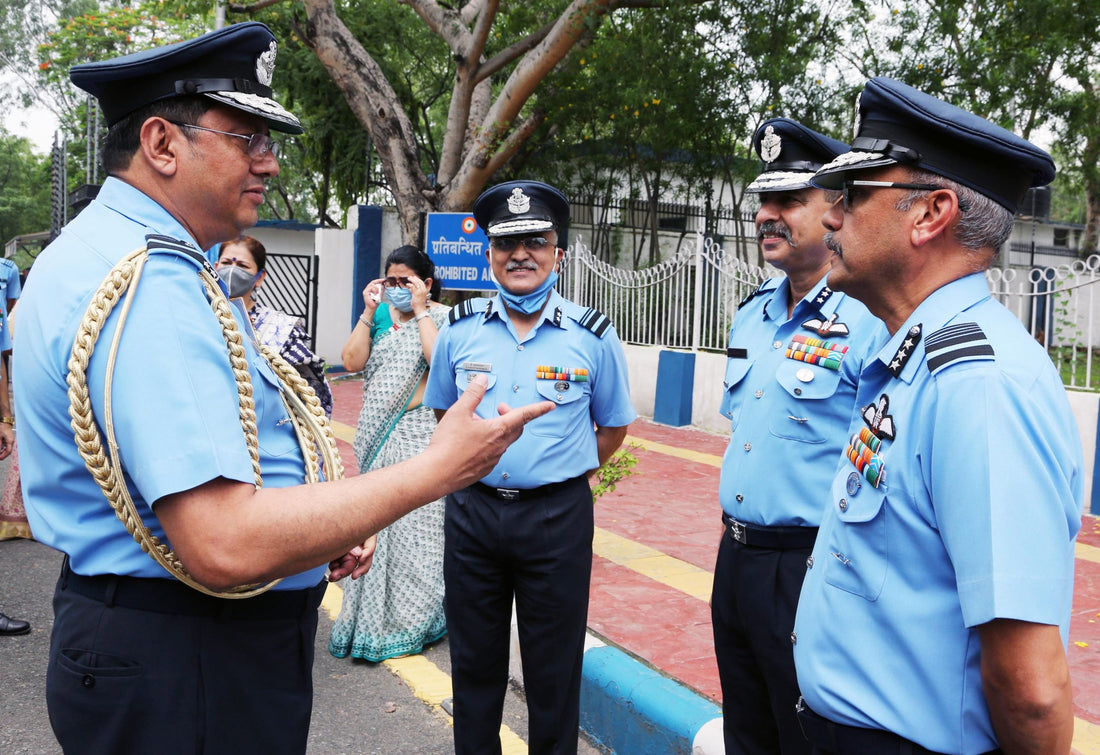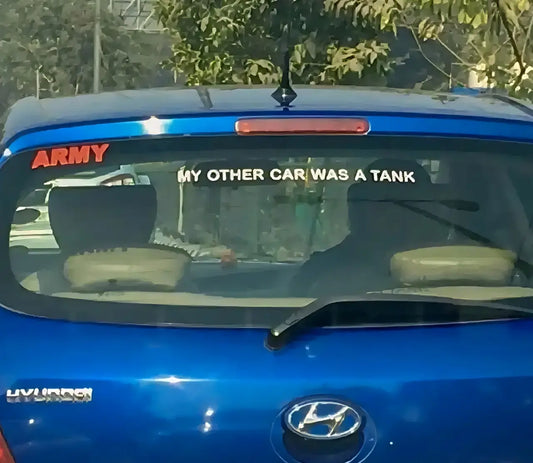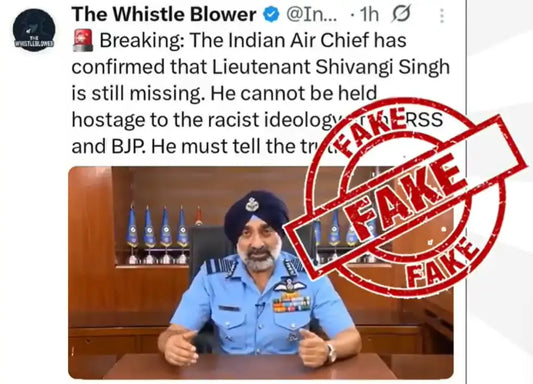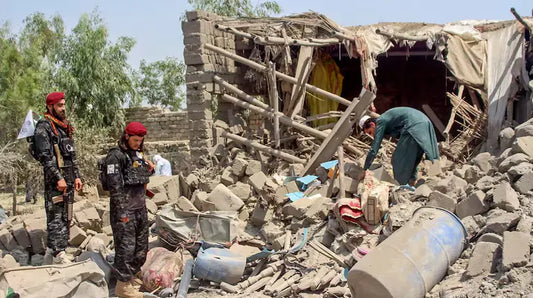Comprehensive Guide to Indian Air Force Ranks and Insignia: Structure, Significance, and Evolution

The Indian Air Force (IAF) stands as a testament to India's aerial prowess, embodying the resilience and valor of its personnel. As the fourth-largest air force globally, the IAF plays a crucial role in protecting India's airspace and ensuring national security. To understand the military structure, it is vital to grasp the hierarchy, roles, responsibilities, and insignia of ranks. This comprehensive guide examines the ranks within the Indian Air Force, exploring their significance, structure, and evolution, alongside the meanings and symbols associated with their insignia.
Historical Context
The Indian Air Force boasts a rich history, originating in 1932 when it was part of the British Indian Empire. It was independently established and expanded after 1947, undergoing continuous evolution in structure, technology, and strategy. With independence, a distinct identity and command structure were necessary, leading to the creation of ranks and roles that define its current operations. The IAF's rank system drew inspiration from the British Royal Air Force but was adapted to suit India's specific needs and contexts.
Overview of Indian Air Force Ranks
The Indian Air Force ranks are categorized into three main sections: Commissioned Officers (COs), Junior Commissioned Officers (JCOs), and Non-Commissioned Officers (NCOs) or Airmen. This tiered structure ensures effective command, operational efficiency, and clear authority lines.
Commissioned Officers (COs)
Commissioned Officers in the IAF are tasked with significant leadership, strategic, and command roles. Their ranks and insignia, featuring stripes, stars, and the national emblem, denote their authority and responsibilities. Below is a detailed breakdown of the ranks of Commissioned Officers:
| Rank | Insignia Description | Role/Notes | NATO Equivalent |
|---|---|---|---|
| Marshal of the Indian Air Force | Five-star rank, ceremonial, only held by Arjan Singh | Highest rank, wartime honorary rank | OF-10 |
| Air Chief Marshal | National emblem with three stars | Chief of Air Staff, top operational commander | OF-9 |
| Air Marshal | One thick stripe, eagle emblem, two stars | Senior leadership and policy-making | OF-8 |
| Air Vice Marshal | One thick stripe, eagle emblem, one star | Senior strategic planners | OF-7 |
| Air Commodore | One thick stripe and eagle emblem | Commands large units | OF-6 |
| Group Captain | Four thin stripes | Senior operational roles, large formations | OF-5 |
| Wing Commander | One thick stripe and one thin stripe | Squadron or wing-level command | OF-4 |
| Squadron Leader | One thick stripe | Squadron leadership | OF-3 |
| Flight Lieutenant | Two thin stripes | Supervisory roles | OF-2 |
| Flying Officer | One thin stripe | Entry-level officer | OF-1 |
| Flight Cadet | No stripes (rank before Flying Officer) | Entry-level officer trainee | N/A |
The Marshal of the Indian Air Force is an honorary title, uniquely held by Marshal Arjan Singh, honoring his service during the Indo-Pakistani War of 1965. This distinguished rank represents the pinnacle of leadership in the IAF.
Junior Commissioned Officers (JCOs) and Non-Commissioned Officers (NCOs)
JCOs and NCOs play a crucial role within the IAF, bridging the gap between Commissioned Officers and Airmen. They are vital to operational capability and take on various technical and supervisory roles.
| Indian Air Force Rank | Equivalent Indian Army Rank | Insignia/Role |
|---|---|---|
| Master Warrant Officer | Subedar Major | Senior JCO, experienced technical leaders |
| Warrant Officer | Subedar | Intermediate supervisory level |
| Junior Warrant Officer | Naib Subedar | Junior supervisors |
| Sergeant | Havildar/Daffadar | Junior NCOs, operational roles |
| Corporal | Naik/Lance Dafadar | Leading airmen in small teams |
| Leading Aircraftman | Lance Naik/Acting Lance Dafadar | Entry-level NCO |
| Aircraftman | Sepoy/Sowar | Lowest rank, basic level airman |
While focusing on operational effectiveness and technical skills, JCOs and NCOs play a key role in executing the strategies and orders formulated by commissioned officers.
Insignia Overview
The insignia worn by Indian Air Force personnel serves to symbolize rank, recognition, and the commitment and identity of the force.
- Commissioned Officers have insignias that include combinations of stripes (thin and thick), stars, eagle emblems, and the national emblem, indicating their rank and responsibilities.
- JCOs and NCOs wear chevrons and badges, often in simpler designs, clearly distinguishing their ranks and roles within the organization.
These unique insignias signify rank and connect each member to the Air Force's heritage and legacy, instilling pride and purpose.
Structure and Functionality of the IAF Ranks
The rank structure in the Indian Air Force is vital for ensuring operational readiness, discipline, and a clear command hierarchy. Each rank involves specific responsibilities, decision-making capabilities, and leadership expectations.
Importance of Rank Hierarchy
- Command and Control: The defined ranks facilitate effective command and control in various operational scenarios.
- Discipline and Standardization: The ranking system instills discipline and promotes a standard approach to operational conduct and behavioral expectations.
- Career Progression: The rank structure provides well-defined pathways for career advancement within the IAF, encouraging excellence and continuous professional development.
- Operational Readiness: With specialized roles at different ranks, personnel can be deployed to tasks matching their expertise, ensuring optimal operation during peace and conflict.
Statistical Data and Insights
- As of 2023, the Indian Air Force comprises around 140,000 active personnel, with roughly 500 aircraft in its inventory, showcasing the complexity and scale of its operations.
- The IAF has rapidly advanced technologically, integrating modern aircraft like the HAL Tejas and Rafale fighter jets, necessitating skilled personnel capable of operating and maintaining sophisticated systems.
Challenges and Solutions
Challenges
- Retention of Qualified Personnel: The IAF faces challenges in retaining skilled personnel due to competitive offers from private sectors and foreign militaries.
- Modernization and Training: As technology progresses, continuous training and curriculum adaptation for personnel at all levels remain crucial to staying ahead.
- Workplace Diversity and Inclusion: While progress has been made, creating an inclusive environment for all personnel, including female officers and airmen, poses ongoing challenges.
Proposed Solutions
- Enhanced Retention Programs: The IAF can implement retention bonuses and career development plans tailored to high-potential individuals.
- Regular Training Updates: Establishing a continuous professional development system that regularly updates training content around modern technology and practices can boost operational effectiveness.
- Promoting Diversity: Establishing clearer policies for inclusivity and promoting women in leadership roles can create a more equitable atmosphere and motivate diverse talent.
Future Trends and Predictions
As the Indian Air Force looks toward the next decade, several trends are anticipated to influence its evolution:
- Increased Technological Integration: Emphasis on advanced technologies, including Artificial Intelligence (AI), drones, and cybersecurity, will require new skills from personnel at every level.
- Focus on Joint Operations: With an emphasis on synergy among India's three armed forces—Air, Army, and Navy—there will be increased opportunities and requirements for joint operational training and strategic planning.
- Recruitment Strategies: The IAF may employ modern recruitment strategies, using digital platforms to reach a wider audience and attract tech-savvy younger generations.
- International Collaborations: Building stronger ties with other air forces globally for training and exchange programs can enhance capabilities and operational readiness.
Conclusion
Understanding the ranks within the Indian Air Force offers insight into the operational integrity, discipline, and hierarchy that support one of the world's most formidable air forces. The well-structured hierarchy of commissioned, junior commissioned, and non-commissioned ranks, along with meaningful insignia, exemplifies the IAF's legacy while reflecting its commitment to modernization and global engagement.
As India rises as a strategic power in the Indo-Pacific region, IAF personnel, from the Marshal to Aircraftman, will be crucial in addressing the complex challenges ahead. Their dedication, expertise, and commitment to excellence are fundamental to upholding the integrity of Indian airspace and protecting national interests. Understanding this hierarchy and its significance is essential for anyone interested in the IAF or considering joining its ranks. For aspiring candidates, resources like SSBCrack and SSBCrackExams offer valuable materials and guidance for preparing for the challenges and opportunities in pursuing a career in the Indian Air Force.



















